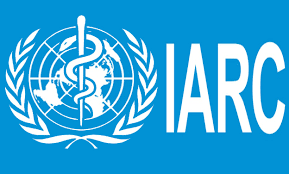Chemycal has been acquired by 3E
Learn MoreChemycal has been acquired by 3E
Learn MoreDiscover how Chemycal PRO helps you boosting your regulatory monitoring:

We are pleased to announce that the results of the recent IARC Monographs evaluation of the carcinogenicity of nine agents, including cobalt metal (without tungsten carbide or other metal alloys), soluble cobalt(II) salts, cobalt(II) oxide, cobalt(II,III) oxide, cobalt(II) sulfide, other cobalt(II) compounds, trivalent antimony, pentavalent antimony, and weapons-grade tungsten (with nickel and cobalt) alloy, have now been published in The Lancet Oncology.
Two of these agents – pentavalent antimony and weapons-grade tungsten (with nickel and cobalt) alloy – were evaluated by the Working Group for the first time.
Antimony is used in flame retardants, lead–acid batteries, lead alloys, plastics, brake pads, clutch discs, glass and ceramics, and as an ammunition primer in explosives. Some pentavalent antimony compounds are used in the treatment of leishmaniasis. Cobalt is used in the manufacture of cutting and grinding tools, in pigments and paints, coloured glass, medical implants, electroplating, and increasingly in lithium-ion battery production. Weapons-grade tungsten alloys (tungsten, 91–93%; nickel, 3–5%; and cobalt, 2–4%) are used in armour-penetrating munitions. Military personnel and civilians can be exposed to metal aerosols generated during firing or impact, or after injury with retained embedded munitions fragments.
CONTINUE READING ON: monographs.iarc.who.int2013 © MyChemicalMonitoring. ALL Rights Reserved. About Us | Terms and Conditions